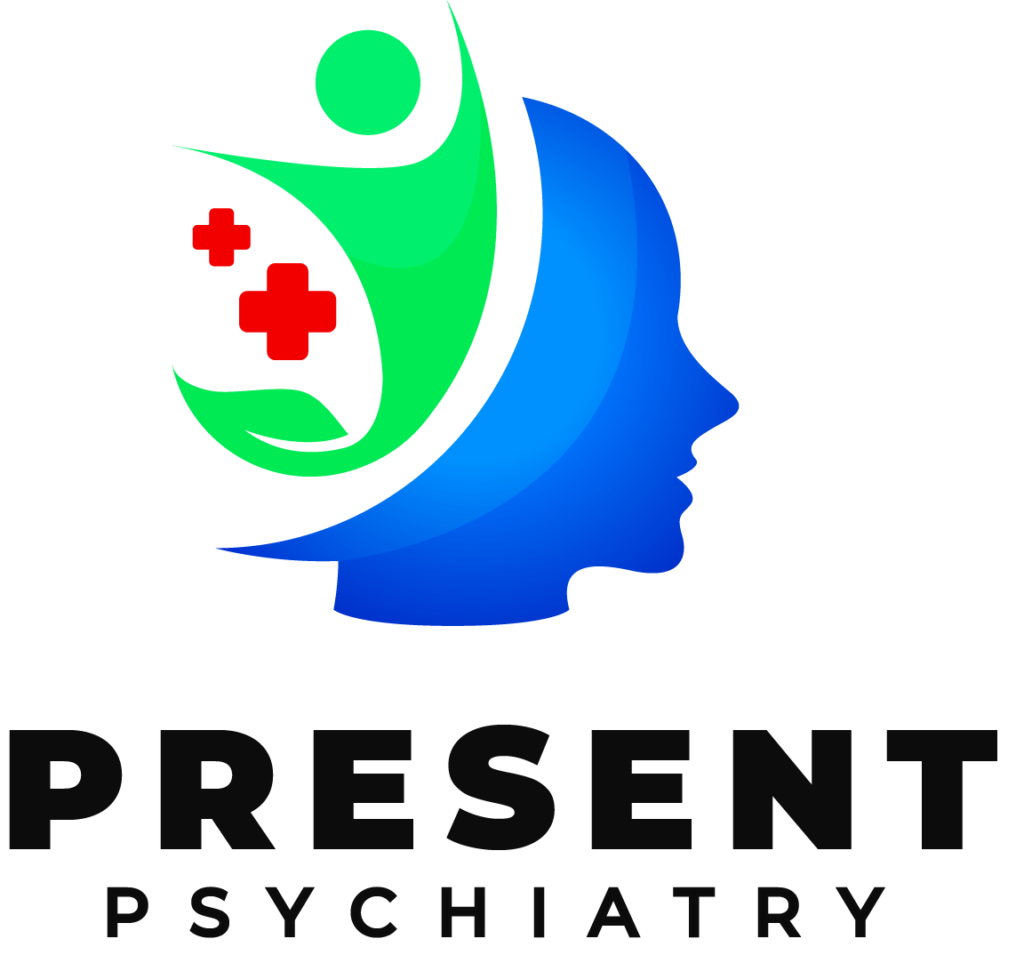Schizophrenia is a chronic, severe mental disorder characterized by distortions in thinking, perception, emotions, language, sense of self, and behavior. Traditionally, the primary treatment for schizophrenia involves antipsychotic medications, which help to manage symptoms such as hallucinations, delusions, and cognitive impairments. Olanzapine and Prozac (fluoxetine) are two medications commonly used in the treatment of schizophrenia, although they serve different primary purposes. This paper explores the roles of olanzapine and Prozac in the management of schizophrenia, their mechanisms of action, efficacy, side effects, and the potential benefits and drawbacks of their combined use.
Mechanisms of Action
Olanzapine: Olanzapine is an atypical antipsychotic that works by modulating the activity of various neurotransmitters in the brain, particularly serotonin (5-HT) and dopamine (D2) receptors. It has a high affinity for these receptors, which contributes to its effectiveness in reducing both positive symptoms (hallucinations, delusions) and negative symptoms (social withdrawal, apathy) of schizophrenia. Olanzapine also impacts other receptors, including histamine, muscarinic, and alpha-adrenergic receptors, which contributes to its side effect profile.
Prozac (Fluoxetine): Prozac is a selective serotonin reuptake inhibitor (SSRI) primarily used as an antidepressant. It works by increasing the levels of serotonin in the brain by inhibiting its reuptake into the presynaptic cell. This results in more serotonin available to bind to the postsynaptic receptor, which can improve mood and anxiety symptoms. In the context of schizophrenia, fluoxetine may be used to address comorbid depressive and anxiety symptoms that are common in patients with schizophrenia.
Efficacy in Schizophrenia Treatment
Olanzapine: Numerous studies have demonstrated the efficacy of olanzapine in treating schizophrenia. It is particularly effective in managing acute psychotic episodes and maintaining long-term symptom control. Olanzapine has been shown to be more effective than some other antipsychotics in reducing negative symptoms and improving overall quality of life. However, its use is often limited by its side effect profile, which includes weight gain, metabolic syndrome, and sedation.
Prozac (Fluoxetine): While Prozac is not typically used as a primary treatment for schizophrenia, it can be beneficial in managing comorbid conditions. Depression and anxiety are prevalent among individuals with schizophrenia, and addressing these symptoms can lead to better overall outcomes. Studies have shown that fluoxetine can help improve mood, reduce anxiety, and enhance the overall quality of life in patients with schizophrenia. However, its impact on core psychotic symptoms is limited.
Combined Use of Olanzapine and Prozac
The combination of olanzapine and fluoxetine, known as Symbyax, has been studied for its potential benefits in treating schizophrenia, particularly in patients with prominent depressive symptoms. Symbyax combines the antipsychotic effects of olanzapine with the antidepressant effects of fluoxetine, potentially offering a more comprehensive treatment approach.
Benefits
– Improved Mood and Anxiety: The addition of fluoxetine to olanzapine can help alleviate depressive and anxiety symptoms, which are common in schizophrenia.
– Enhanced Treatment Adherence: Addressing depressive symptoms may improve overall treatment adherence and patient engagement in therapy.
– Comprehensive Symptom Management: The combination therapy targets a broader range of symptoms, potentially leading to better overall outcomes.
Drawbacks
– Increased Side Effects: The combination of olanzapine and fluoxetine can exacerbate side effects, including weight gain, metabolic changes, and gastrointestinal disturbances.
– Drug Interactions: Potential interactions between olanzapine and fluoxetine need to be carefully managed to avoid adverse effects.
– Limited Evidence: While some studies suggest benefits, the overall evidence supporting the combined use of these medications in schizophrenia is still limited, and more research is needed to establish its efficacy and safety.
Conclusion
Olanzapine and Prozac serve distinct but complementary roles in the treatment of schizophrenia. Olanzapine is a potent antipsychotic effective in managing core symptoms of schizophrenia, while Prozac can address comorbid depressive and anxiety symptoms. The combination of these medications, as seen in Symbyax, offers a potential approach for comprehensive symptom management, though it comes with increased risks of side effects and drug interactions. Clinicians must weigh the benefits and drawbacks of this combination therapy on a case-by-case basis to optimize treatment outcomes for patients with schizophrenia. Further research is needed to establish clearer guidelines and better understand the long-term impacts of combining olanzapine and fluoxetine in schizophrenia treatment.
WE STRIVE HARD AND PROMISE TO DELIVER
- 5600 NW Central Dr Suite 280, Houston, TX 77092, United States
- +1 832-552-1578
- inquire@presentpsychiatry.com



